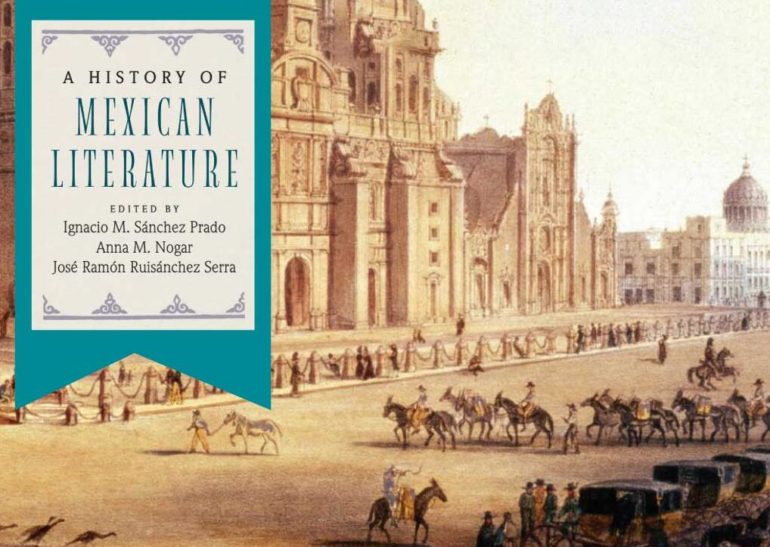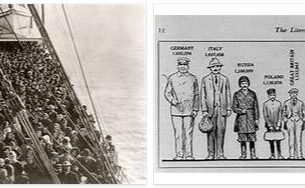In colonial times, Mexican literature was mostly considered a branch of the Spanish. Spain’s conquest and colonization were portrayed by, among others, Hernán Cortés and Bernal Díaz del Castillo. Juan Ruiz de Alarcón, born in Mexico, settled in Spain about 1613, where he wrote and had most of his plays performed. However, the most significant figure in Latin American literature during the colonial era was the nun Juana Inés de la Cruz.
Among the revolutionary poets that emerged after the 1810 uprising should be mentioned first and foremost, José Joaquín Fernández de Lizardi, author of the first Spanish-American novel, the picaresque El periquillo sarniento. The currents of romance reached Mexico in the 1830s. The main representatives were the poet Ignacio Rodríguez Galván and Fernando Calderón, best known for their plays. The first romantic novel was El fistol del diablo by Manuel Payno, who with his portrayals of life also carried on the tradition of José Joaquín Fernández de Lizardi. Ignacio Manuel Altamirano also belonged to the romantic direction, but his main work, the robber novel El Zarco, is nevertheless closer to realism. José López Portillo y Rojas (1850–1923) is best known for his realistic novel La parcela, while Federico Gamboa (1864–1939) represents naturalism with the novel Santa. The “Modernista” movement’s main representatives in Mexico were Amado Nervo and Enrique González Martínez (1871–1952), who later withdrew from the movement.
Among the best known novels written about the Mexican Revolution of 1910 are Los de abajo by Mariano Azuela, El águila y la serpiente by Martín Luis Guzmán and Se llevaron el cañón para Bachimba by Rafael F. Muñoz. Around 1910, the “modernista” poem was replaced by a more personal and simple poetry, represented by Ramón López Velarde, among others. Other poets from this period are José Gorostiza (1901–73), Xavier Villaurrutia (1903–50) and Carlos Pellicer (1899–1977). Octavio Paz is considered Mexico’s leading living lyricist. He received the Nobel Prize in literaturein 1990. The poems that emerged after the Second World War include Jaime Sabines (b. 1926), Rosario Castellanos (1925–74), also known for his short stories, novels and plays, Marco Antonio Montes de Oca (b. 1932) and José Emilio Pacheco (b. 1939).
After World War II, a number of outstanding novelists and novelists, including Agustín Yáñez, appeared with the novel Al filo del agua, José Revueltas, Juan José Arreola, best known for his short stories, Juan Rulfo, the foremost representative in Mexico for the so-called “magical realism”, Augusto Monterroso (b. 1921 in Guatemala) and Carlos Fuentes. The same generation as Fuentes include María Amparo Dávila, Jorge Ibargüengoitia, Salvador Elizondo, Juan García Ponce and Vicente Leñero. Sergio Pitol (b. 1933, Premio Cervantes 2005), Juan Villoro (b. 1956) and Jorge Volpi (b. 1968), together with Elena Poniatowska (b. 1933), are important novelists. Fernando del Paso (b. 1935), Gustavo Sáinz (b. 1940), José Agustín (b. 1944) and Ángeles Mastreta have also been noted as novelists.
Among the foremost playwrights of the 20th century can be mentioned Rodolfo Usigli, Elena Garro, also known for his short stories, Carlos Solórzano, Emilio Carballido, Luisa Josefina Hernández and Maruxa Vilalta.
Among Mexican essayists, mention should be made of José Vasconcelos, influenced by Schopenhauer and Bergson, the polyhist and humanist Alfonso Reyes and the critic Ramón Xirau.




